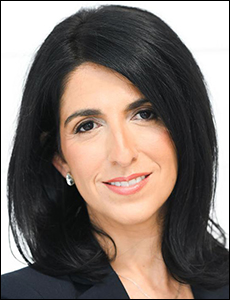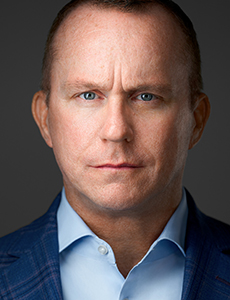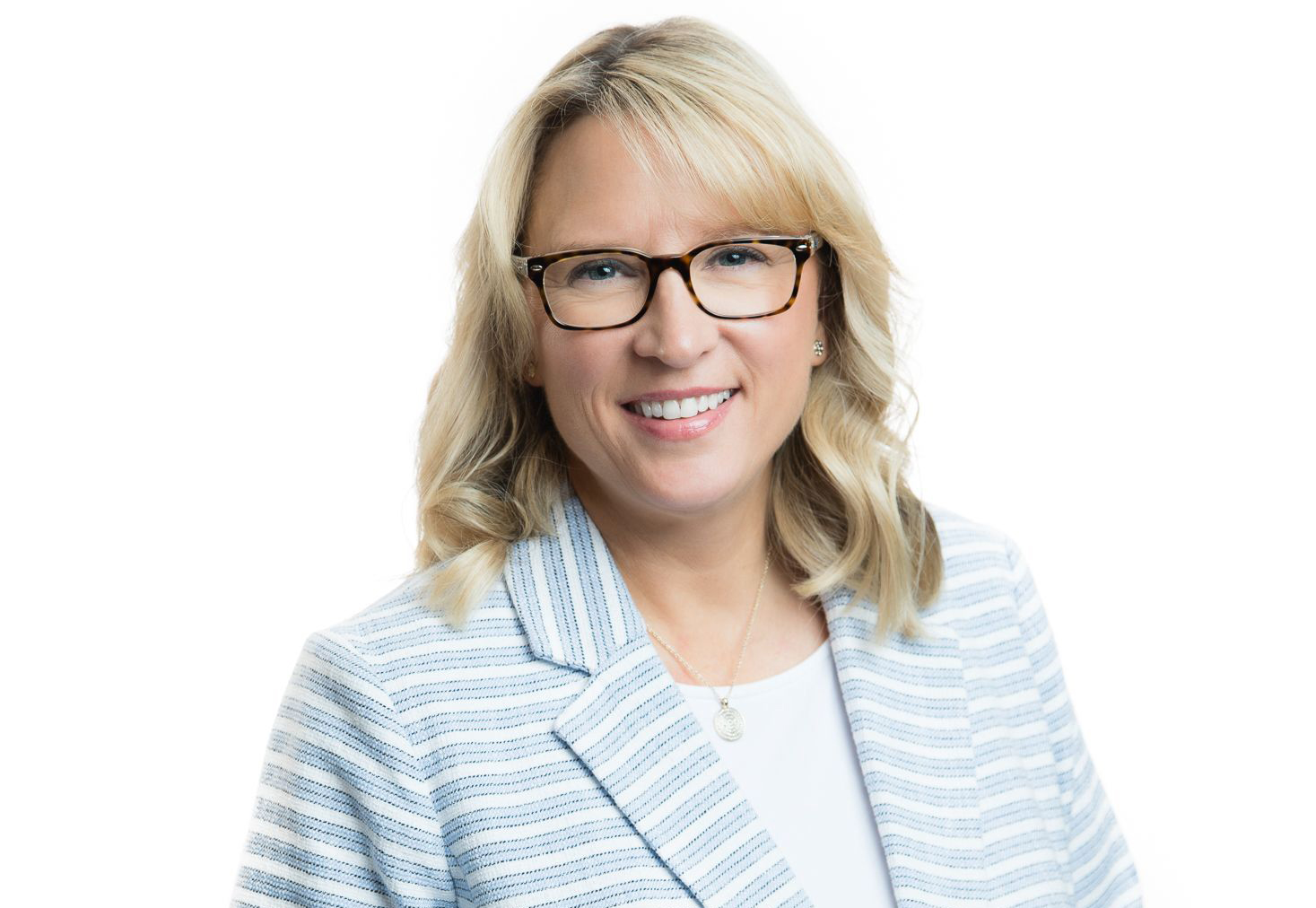Sponsored Content by QBE North America
To Reap the Rewards of Self-Funded Healthcare, Employers Need Best-in-Class Medical Stop-Loss Insurance

When jobseekers evaluate a prospective opportunity, health benefits are typically a deciding factor, just behind salary when reviewing a compensation package. For employers, offering a comprehensive health plan is a significant but necessary expense to stay competitive. In the face of rising costs of care, funding affordable benefits is one of the greatest challenges facing employers today.
“Attracting quality talent and maximizing productivity starts, first and foremost, with offering a competitive health and benefits package, especially for younger generations, where there is a focus on the whole-person wellbeing. Benefits offered can really be a compelling piece of why they choose to come to an organization. But offering a robust health and wellness benefit requires employers to take a hard look at the financial burdens that they face,” said Tara Krauss, head of accident and health at QBE North America.
Employers could see double-digit health cost increases through 2026 due to inflationary pressures passed through the provider ecosystem. The incidence of high-cost claims is also rising thanks to the United States’ prevalence of comorbidities, an aging workforce and the proliferation of expensive breakthrough treatments.
“As noted in our 2023 Accident & Health Market Report, in 2018, 3.5% of employer groups we insured had at least one health plan member with claims exceeding $1 million. As of 2022, that percentage more than tripled, to 12.4%. So million-dollar claims are becoming quite normal for an employer-sponsored plan,” said Matt Drakeley, vice president, accident and health specialty markets at QBE North America.
In recent years, this financial pressure has driven more employers to transition to self-funded health plans.
Benefits of Self-Funded Healthcare

Tara Krauss, Head of Accident and Health, QBE North America
Self-funding offers employers the opportunity to reduce their healthcare costs in two key ways:
- Data-Driven Risk Mitigation
Self-funded health plans make employers not just buyers of insurance but stewards of risk management. Self-insuring through an independent stop-loss provider such as QBE gives employers full access to their claims data, providing insights into the top drivers of their most expensive claims.
“The data may show, for example, that costs are being driven by duplicate or egregious charges not being audited appropriately before payment, specialty pharmacy utilization, or that certain individuals on the plan with comorbidities and chronic conditions are demanding the majority of care,” Krauss said. “Typically, fully insured employers don’t get access to this critical information and thus cannot proactively manage.”
Knowledge is power, and access to the claim trends in their own data allows employers to develop risk mitigation strategies — whether that’s changes to their benefit plans or to their employee wellness programs — to target a reduction in those cost drivers. Access to claims data also means employers can trend the impact of their efforts over time and adjust as needed.
- Rate Negotiating Power

Matt Drakeley, Vice President, Accident and Health Specialty Markets, QBE North America
When self-insured employers band together, they can gain greater negotiating power without sacrificing good coverage. Captive insurance solutions, especially group captives, are gaining traction to maximize control, spread risk and enhance negotiating power.
That power is critical at a time when medical stop-loss rates are rising.
In 2022, the $31.6 billion medical stop-loss market had an average gross loss ratio of 84.1%, up from 80.5% in 2020. This trend will continue to necessitate substantial rate increases.
“Some carriers will be forced to push dramatic increases due to the underpricing that has transpired as a result of market capacity these past several years,” said Drakeley.
“The use of alternative risk strategies will grow in popularity, allowing companies to better manage the overall risk and stop-loss rate increase. A group captive will allow an employer to retain some of the profit that would traditionally accrue to an insurance company, and to negotiate better rates through more critical mass.”
What Self-Insured Employers Should Look for in a Stop-Loss Insurer
Medical stop-loss coverage is a necessity for self-insuring employers who want to put a cap on their liability. It’s critical for self-insured employers to work with a medical stop-loss provider that offers value-added services including clinical risk management, cost containment and advanced technology solutions.
“Stop-loss coverage has become such a commoditized product, but we are moving away from that. At QBE, we take the position that when you are self-insured, you’re not just a transactional buyer of insurance but rather a partner on the risk. We treat you with higher-touch, best-in-class servicing,” Drakeley said.
“That means more transparency in the pricing and profitability of the risk. We provide actuarial and underwriting guidance on that. We have deep domain expertise that our partners can tap into whenever they need it.”
QBE offers a dedicated cost-containment team trained to identify fraud and egregious charges. A clinical risk management team can help to pinpoint common factors among the highest-risk claimants and propose solutions to mitigate expenses, such as a site of care change, while maintaining or improving the patient experience, and many times both the financial and health outcome. Another team monitors state and federal legislation and communicates potential impacts to risk partners.
“A key differentiator for us is that these experts and even decision-makers on our executive team are available to our customers within minutes to discuss challenges and collaborate on solutions. Direct access is a trademark of our service model,” Krauss said.
To fully support customers interested in moving into captive insurance, QBE also built a “segregated cell” captive solution named Agora.
“If an employer wants to set up their own captive, there is typically a regulatory process and an economic cost to do that, which can easily run to six figures. QBE has invested in a solution to relieve some of that burden. Essentially, the employer won’t have to do any of the legwork or take on that cost. With our own segregated cell, we provide a more affordable and easy point of entry into the captive space,” Drakeley said.
A best-in-class stop-loss provider will also typically have access to a large data set that allows it to price risk more accurately.
“Leveraging large data sets that are available in the market — which target medical and drug usage and strip away any personal health information — allows us to have more advantageous pricing when a group is looking to move from fully insured to self-funded,” Krauss said.
Faster, more efficient and more accurate customer service is also enabled by the use of application programming interfaces (APIs) and robotics. Leveraging APIs to feed information from requests for proposals directly into underwriting systems streamlines the underwriting process and ensures consistency. The application of robotics and automation also frees up staff to focus their attention on value-added services for customers.
“Utilizing robotic process automation has allowed us to cut down the turnaround time on some routine claims tasks by about 90%,” Drakeley said. “Everything that we’re doing as far as modernizing our portfolio and leveraging robotics and data and analytics is to better serve the customer.”
With this record of rate predictability, value-added medical risk management, cost containment and expedited claims service, QBE is set to help employers transition to self-funded healthcare, enabling long-term competitiveness and a healthy bottom line.
To learn more, visit https://www.qbe.com/us/ah.
This article was produced by the R&I Brand Studio, a unit of the advertising department of Risk & Insurance, in collaboration with QBE North America. The editorial staff of Risk & Insurance had no role in its preparation.










